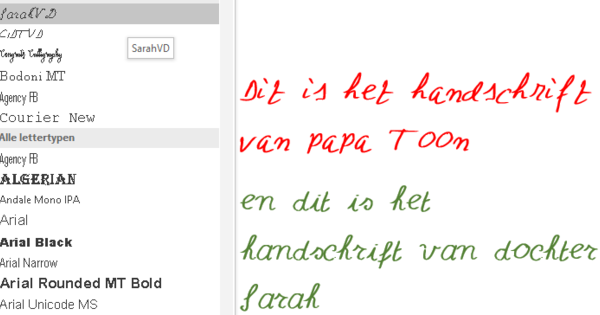Microsoft Office is still the most popular office suite and, according to many, the best. But all this beauty comes with a hefty price. WPS Office is a free alternative for Windows, Android and iOS, and - more than OpenOffice or LibreOffice - compatible with Microsoft office suites.
Tip 01: WPS Office?
WPS Office, until recently Kingsoft Office, is of Chinese origin. It is an office suite in which not only the documents are almost completely compatible with those of Microsoft, but also the interface and functions are clearly aligned with those of MS Office. Anyone familiar with Microsoft Office will therefore quickly feel at home in WPS. The suite consists of three major parts: Writer, Presentation and Spreadsheets and we probably don't need to tell you what they stand for. You can download WPS Office for Windows for free here and for mobile devices (Android and iOS) you can visit the official app stores. There is also a paid version of WPS Office, if you need macro support, for example. See the box 'Free versus paid' for more information. Also read: 14 useful features of Office 2013.
Free vs Paid
The WPS Office website provides an overview of the main differences between the free Personal Edition and the Business Edition. Now you can use all the functions of the paid version when installing the free edition, but that fun is over after 30 days. After this period, a watermark will appear on your printed documents and on the documents that you save as PDF from here. Saving in doc, xls and ppt remains possible, but docx, xlsx and pptx are no longer included (you can still open the latter). You also lose support for VBA and macros. Specifically for Writer you lose the possibility of mailmerge (mailing lists), with Presentation you fall back on less advanced animations and in Spreadsheets you search in vain for advanced formulas and pivot tables.
If you find all this too restrictive, you can upgrade to the Business Edition at any time. It costs about 73 euros for a lifetime license for one PC, with unlimited use on mobile devices (which is still significantly less than MS Office).
Tip 02: Installation
Installing the Windows version is straight forward. You can, however, change the interface language in the start screen, unfortunately Dutch is not included (fortunately, a Dutch spell check is possible: see tip 4). Through Change settings you can, among other things, change the installation path, indicate whether you want to link WPS Office to the file types doc, xls and ppt by default and whether you want to save documents in those formats by default. Of Install Now you will complete the installation in a few moments. You will find the icons of the three program components on your desktop, but in the program group WPS Office do you also find the folder WPS Office Tools on, containing WPS Office Configuration Tool. If WPS Office ever has problems, you can use the configuration tool with the push of a button Start Repairing WPS Office CPR. Via the button Advanced you can, among other things, change the settings that you may have previously Change Settings had adapted.
Tip 03: Configurations
In addition to this general configuration tool, each of the three program components can of course also be extensively configured. You do this via the colored button on the far left of the menu bar, after which you Options clicks. Which options you see here exactly, of course, depends on the module you are working with at that moment (Writer, Presentation or Spreadsheets), but in the section General and Save In any case, you will find the option to set the default storage location of documents or to indicate how often you want an automatic backup of open documents. In the section Security you will find an option to protect the current document with a password. In any case, we recommend that you go through all the sections: there are probably still options that you find interesting.
Tip 04: Spelling
As mentioned, the makers of WPS Office do not yet provide a Dutch-language interface; in a dozen other languages. Switching is done via the button with the letter A, at the very top right. However, you can activate a Dutch spelling checker. It's quite simple: open the menu Review and click the button on the far left Spell Check, after which you Set Language chooses. A dialog box will appear in which you can: English finds. Select this and click Set Default. When you now start the spell checker - which can also be done with the hotkey F7 - it will be able to handle Dutch.
You can also add correct but unrecognized words: in the pop-up window you choose Spell Check in front of Add to Dictionary. Or you click customDictionaries to include the word in its own dictionary. Then click on modify, then you add the word to the CUSTOM.DIC dictionary. Via the button Add it is also possible to create your own dictionaries or to import them from other users. Those dictionaries are then added to the Dictionary list added: check it if you want the spell checker to take this into account in future.

